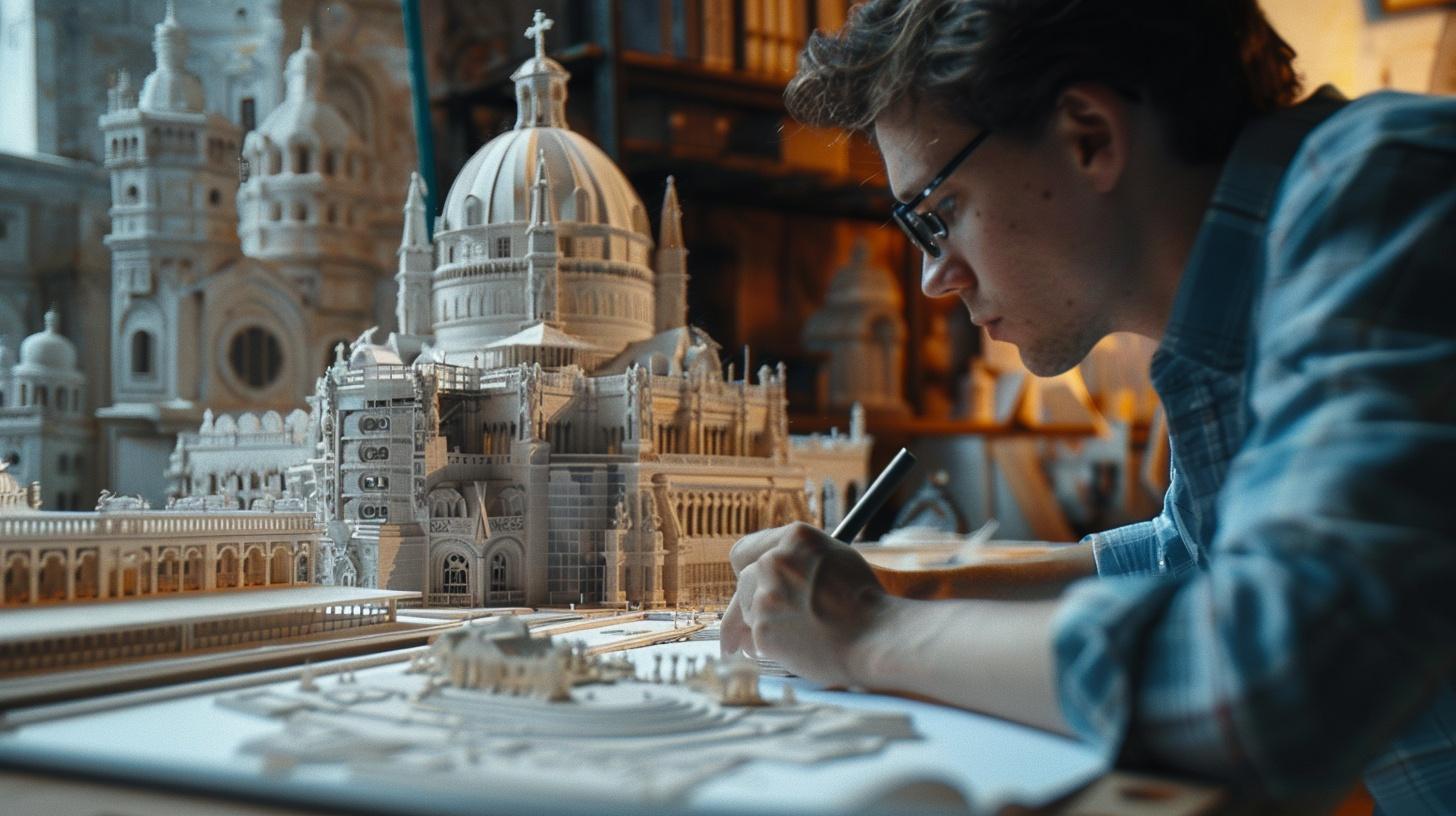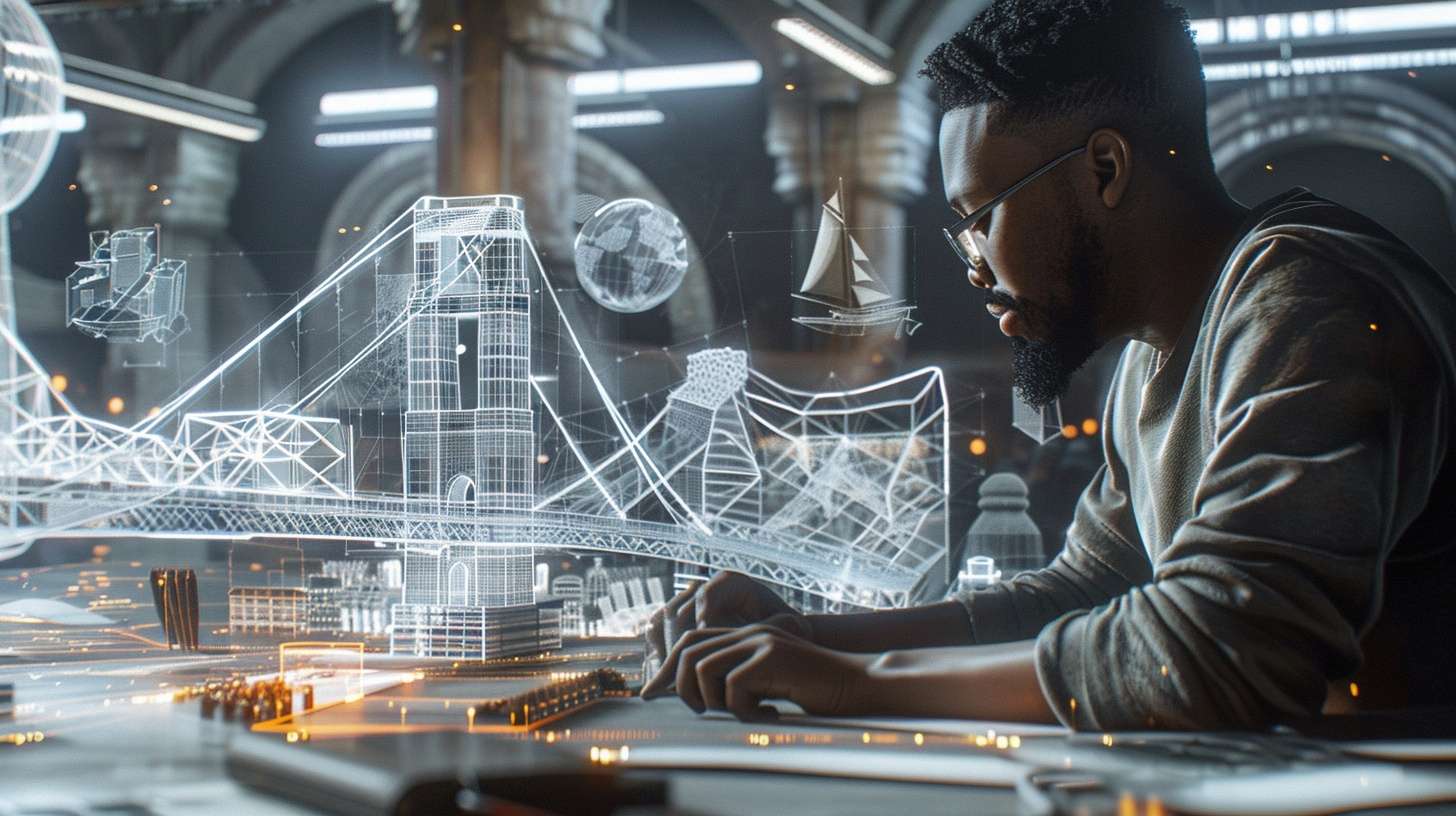
All You Need To Know About Postmodern Architecture

Postmodern architecture burst onto the scene in the late 20th century, shaking up the established norms of modernist design. It was a breath of fresh air, challenging the strict rules and uniformity of its predecessor. Imagine a colorful palette splashed onto a canvas of steel and concrete, creating buildings that were not just structures, but statements.
Origins and Philosophies
Postmodernism arose as a reaction to the perceived limitations of modern architecture. Architects like Robert Venturi and Denise Scott Brown championed this new approach, advocating for a more eclectic, inclusive, and historically aware style. They rejected the notion that form should strictly follow function, instead embracing complexity and contradiction.
Venturi famously stated, “I like elements which are hybrid rather than ‘pure,’ compromising rather than ‘clean.'” This philosophy encouraged architects to incorporate a variety of influences, from classical motifs to pop culture references, resulting in buildings that were anything but ordinary.
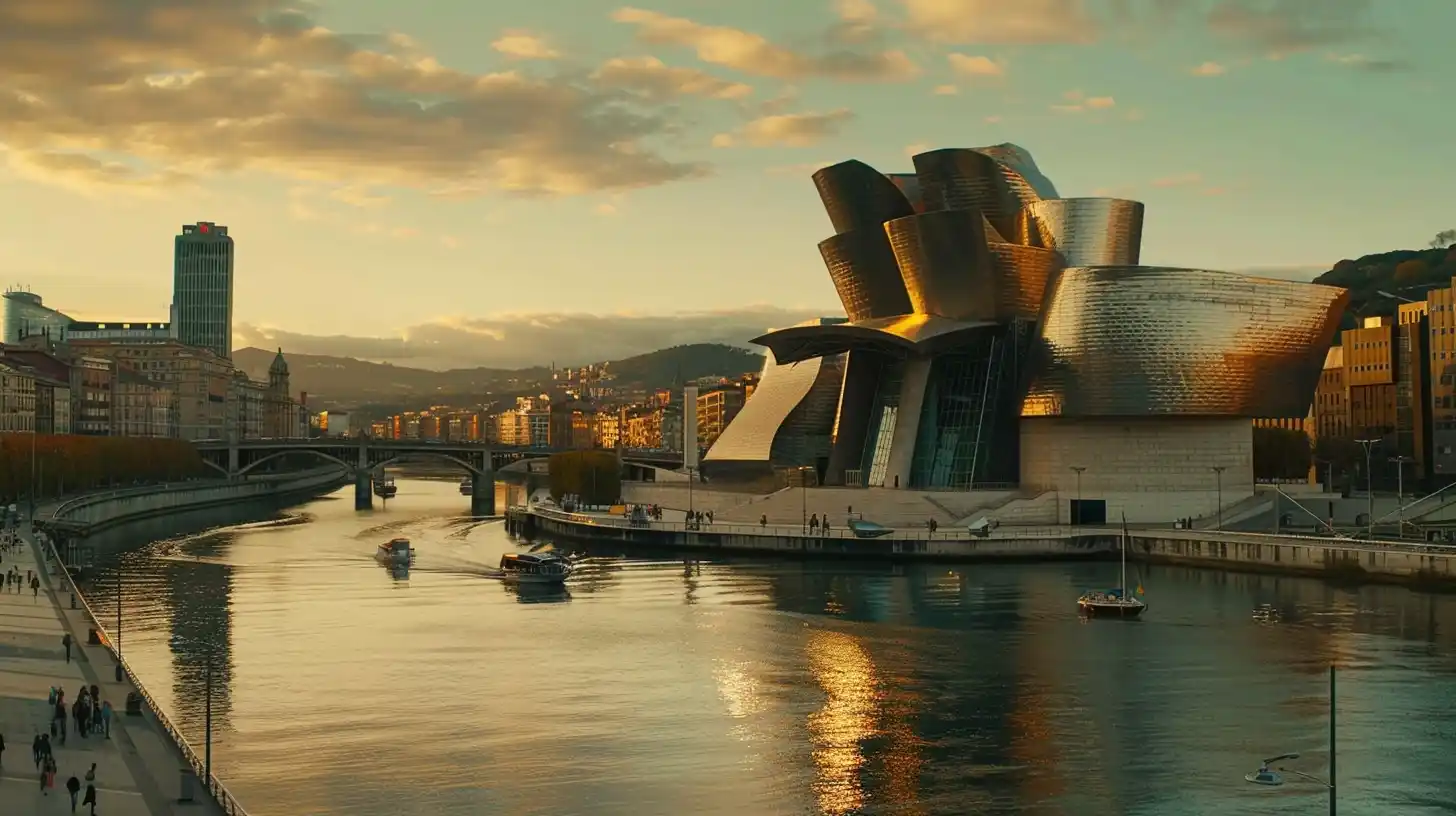
Latest
Other Topics
Notable Figures and Iconic Buildings
The pioneers of postmodern architecture left an indelible mark on the landscape, both literally and figuratively. Robert Venturi’s Guild House in Philadelphia and Michael Graves’ Portland Building are celebrated examples of this bold new aesthetic. These architects dared to defy convention, infusing their creations with wit, whimsy, and a sense of playfulness.
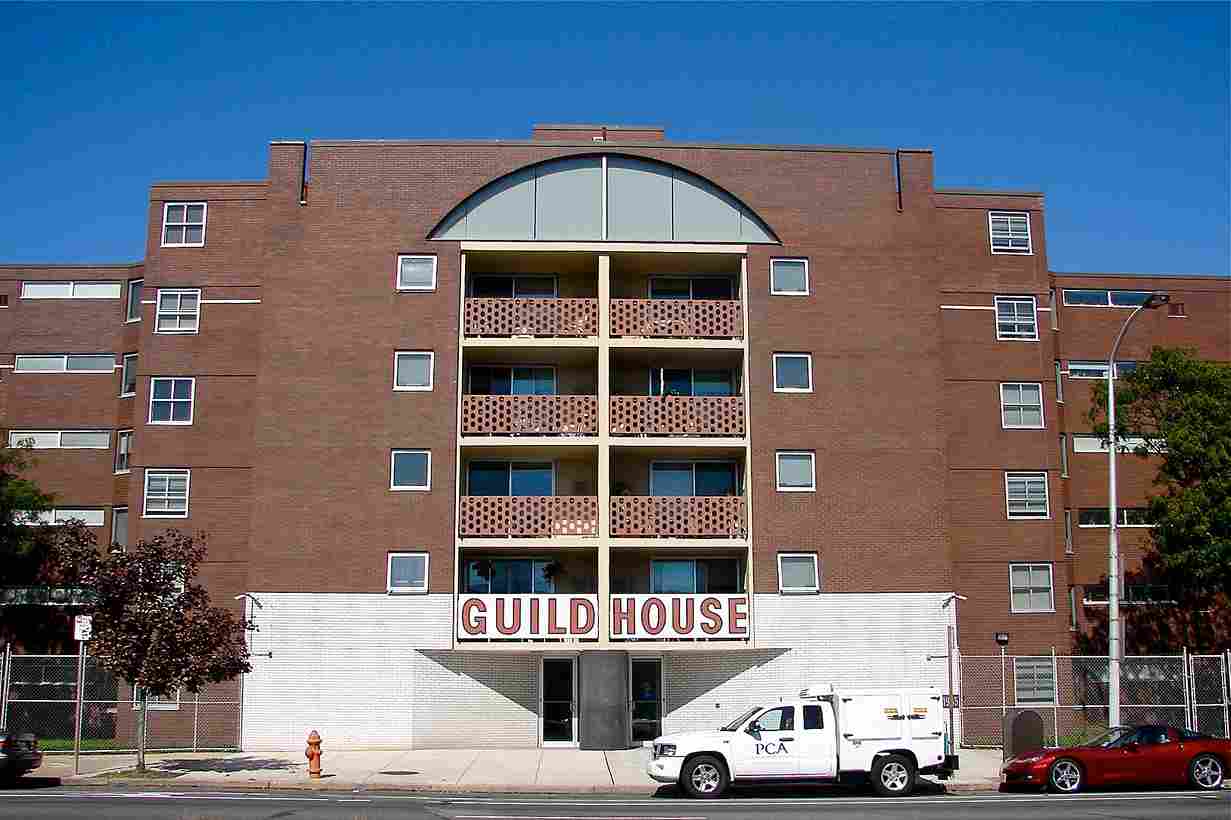
But postmodernism wasn’t just about individual buildings; it was a movement that reshaped entire skylines. From Philip Johnson’s iconic AT&T Building in New York City to Frank Gehry’s groundbreaking Guggenheim Museum Bilbao in Spain, postmodern architecture transformed cities around the world.
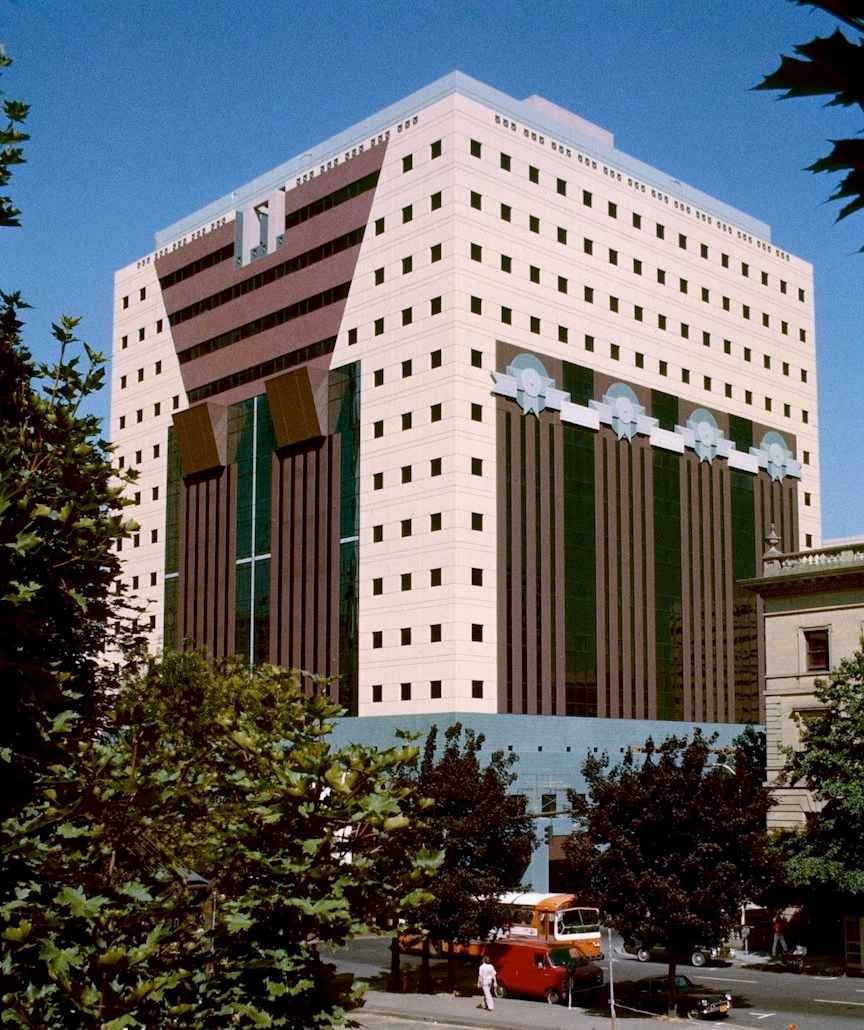
The Distinctive Features of Postmodern Architecture
Postmodern architecture emerged as a rebellious response to the rigid principles of modernist design, embracing complexity, contradiction, and a celebration of diversity. Instead of adhering strictly to functionalism, postmodern architects introduced elements of surprise, whimsy, and historical reference into their work. This departure from the austere minimalism of modernism paved the way for a new era of architectural experimentation and creativity.
Breaking Down the Boundaries
One of the defining characteristics of postmodern architecture is its rejection of strict boundaries and categories. As we said, Architects like Robert Venturi and Denise Scott Brown advocated for a more inclusive approach, incorporating a wide range of influences and styles into their designs. This eclectic mix of elements, from classical motifs to contemporary pop culture references, created buildings that were rich in texture and meaning.
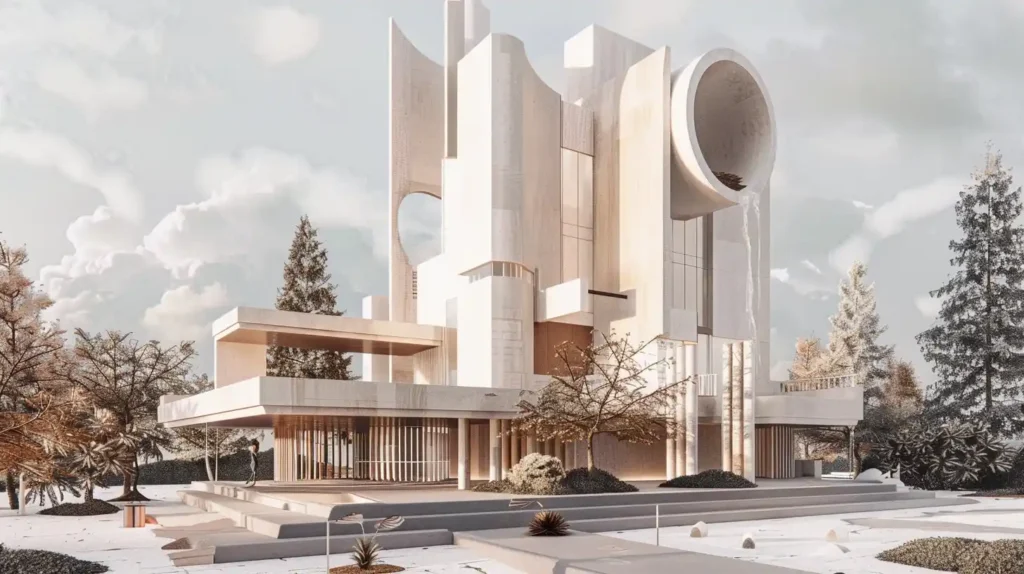
Embracing Complexity and Contradiction
In contrast to the clean lines and simplicity of modernist architecture, postmodernism embraced complexity and contradiction. Buildings were no longer bound by rigid rules; instead, they were free to express a range of ideas and emotions. This emphasis on ambiguity and multiplicity allowed for greater creative expression and diversity in architectural form.
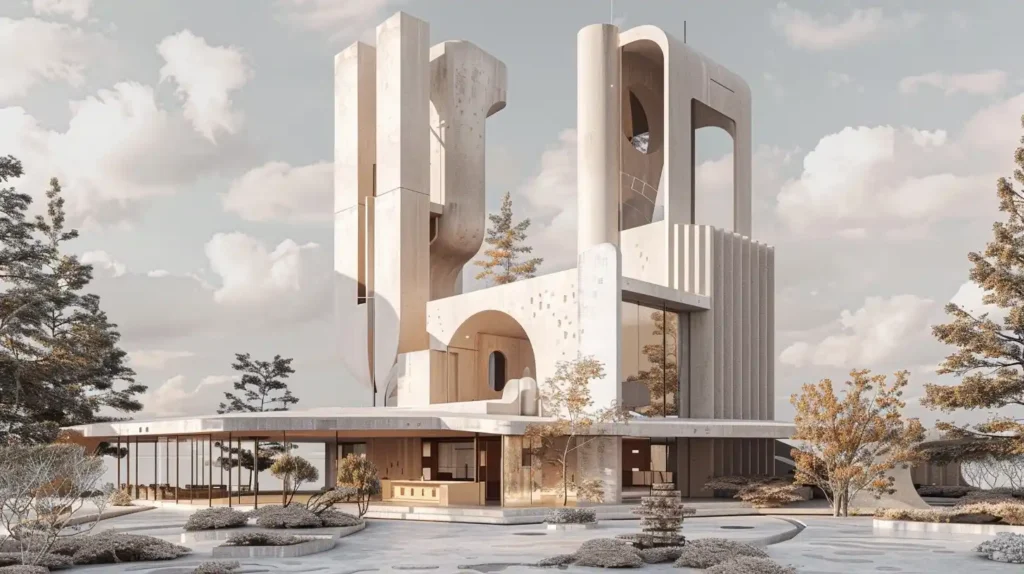
Celebrating History and Context
Postmodern architecture also placed a strong emphasis on history and context, rejecting the notion of a universal architectural language. Architects like Aldo Rossi and Charles Moore argued for a more contextual approach to design, incorporating elements of local history, culture, and tradition into their buildings. This focus on context helped to create more meaningful and engaging spaces that resonated with the people who inhabited them.
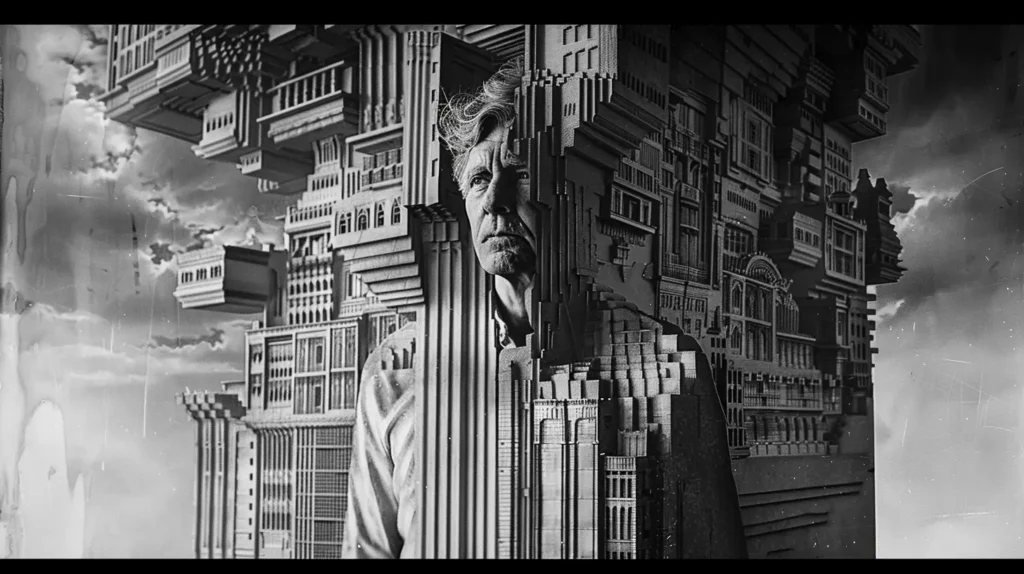
Iconic Examples and Enduring Influence
From the playful facades of Robert Venturi’s Guild House in Philadelphia to the bold sculptural forms of Frank Gehry’s Guggenheim Museum Bilbao, postmodern architecture produced a wealth of iconic buildings that continue to capture the imagination today. These structures not only pushed the boundaries of architectural form and expression but also challenged conventional notions of beauty and functionality.

The Legacy of Postmodern Architecture
Postmodern architecture’s legacy extends far beyond its initial emergence in the late 20th century. While some critics dismissed it as a passing fad, its influence continues to be felt in contemporary architectural practice. From the resurgence of ornamentation and historical reference to the embrace of diversity and context, postmodernism has left an indelible mark on the built environment.
A Shift Towards Pluralism
One of the most significant contributions of postmodern architecture is its role in fostering a more pluralistic approach to design. By challenging the hegemony of modernism and advocating for a more inclusive architectural language, postmodernism paved the way for a greater diversity of architectural styles and expressions. Today, architects draw inspiration from a wide range of sources, blending traditional and contemporary elements to create buildings that reflect the complexities of the modern world.
Reimagining the Urban Landscape
Postmodern architecture also played a key role in reimagining the urban landscape, challenging conventional notions of urban planning and design. Architects like Ricardo Bofill and Aldo Rossi advocated for a more human-centric approach to city building, emphasizing the importance of community, identity, and place. Their work helped to shape vibrant urban environments that are both functional and culturally rich.
Pushing the Boundaries of Form and Function
Perhaps most importantly, postmodern architecture pushed the boundaries of form and function, expanding the possibilities of what buildings could be and how they could be experienced. Architects like Frank Gehry and Zaha Hadid embraced new technologies and materials, creating innovative structures that defy traditional notions of architectural typology. Their bold experimentation continues to inspire architects and designers to push the limits of creativity and innovation.
Future Looks Bright
Postmodernism will continue to play a significant role in shaping the built environment. Its emphasis on diversity, context, and creativity remains relevant in an increasingly globalized world where cultural exchange and adaptation are more important than ever. By building upon the foundation laid by postmodernism, architects have the opportunity to create spaces that are not only functional and beautiful but also meaningful and inclusive.
If you’re inspired by the bold ideas and creative spirit of postmodern architecture, why not embark on your architectural journey? At Designs Boss, we’re passionate about helping our clients bring their vision to life, whether it’s a sleek modernist masterpiece or a playful postmodern gem. Contact us today to learn more about our architectural design services and start planning your next project!

